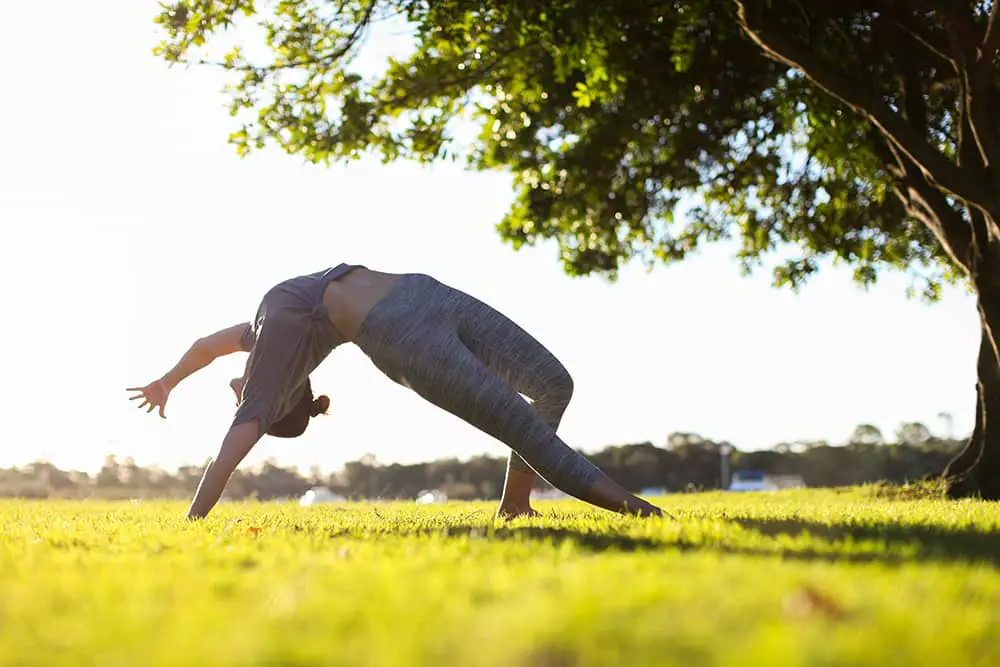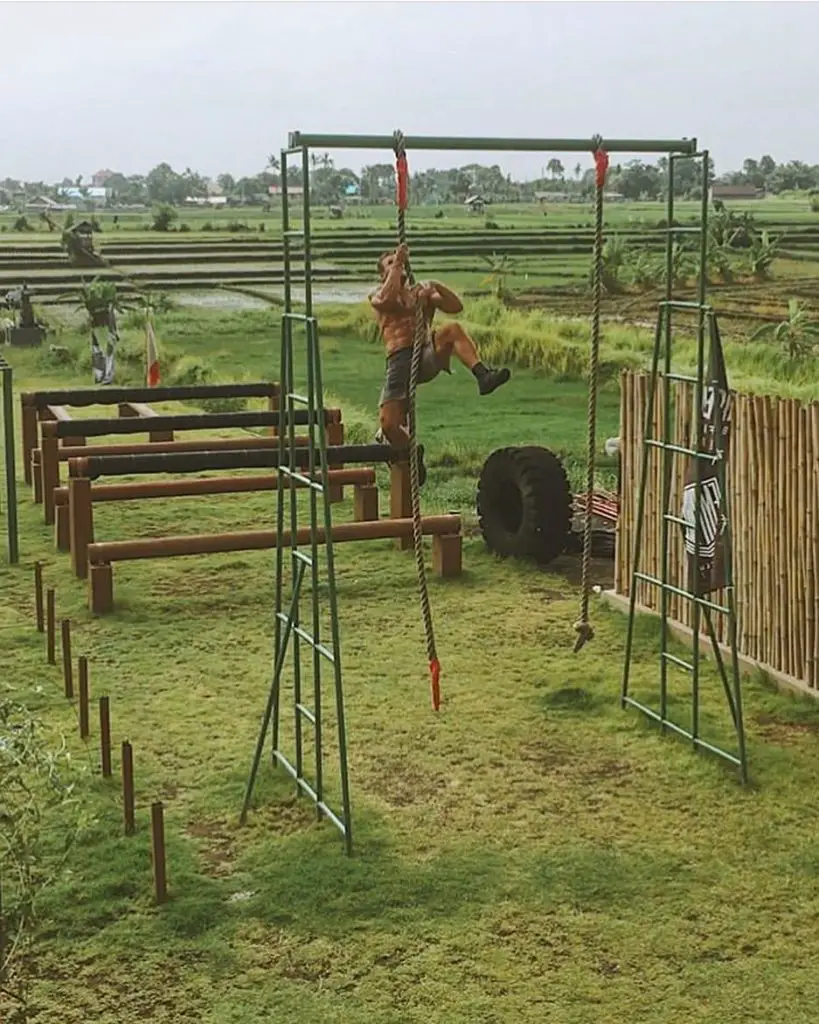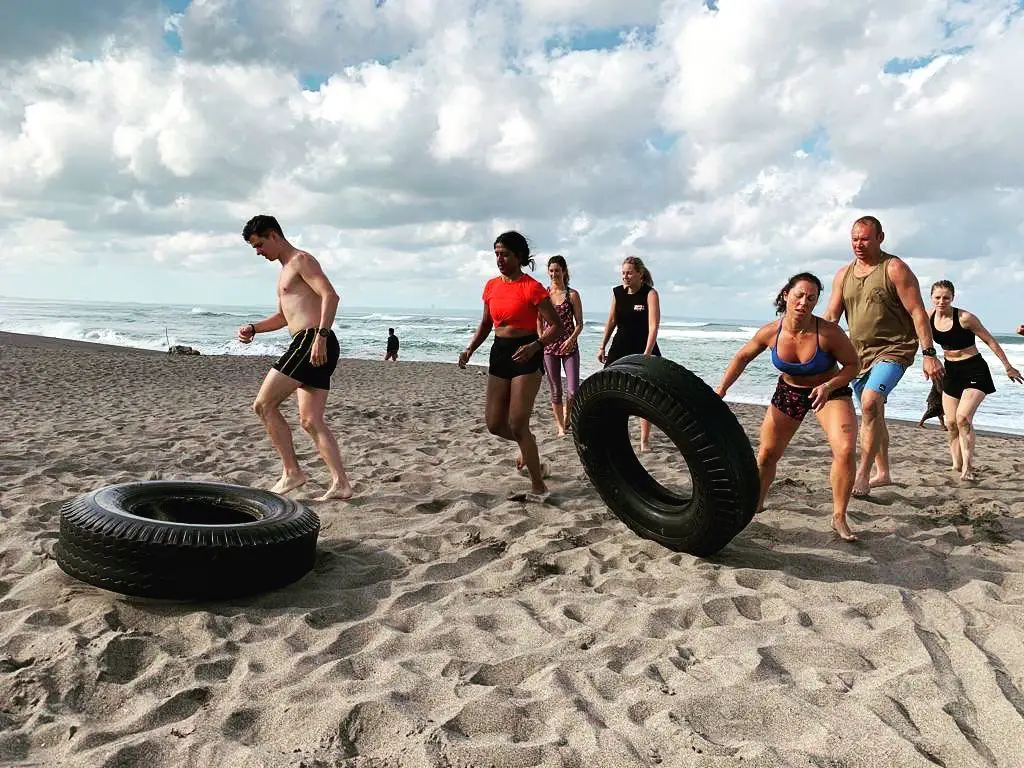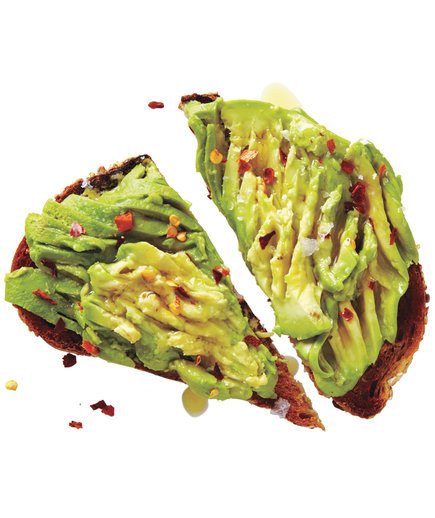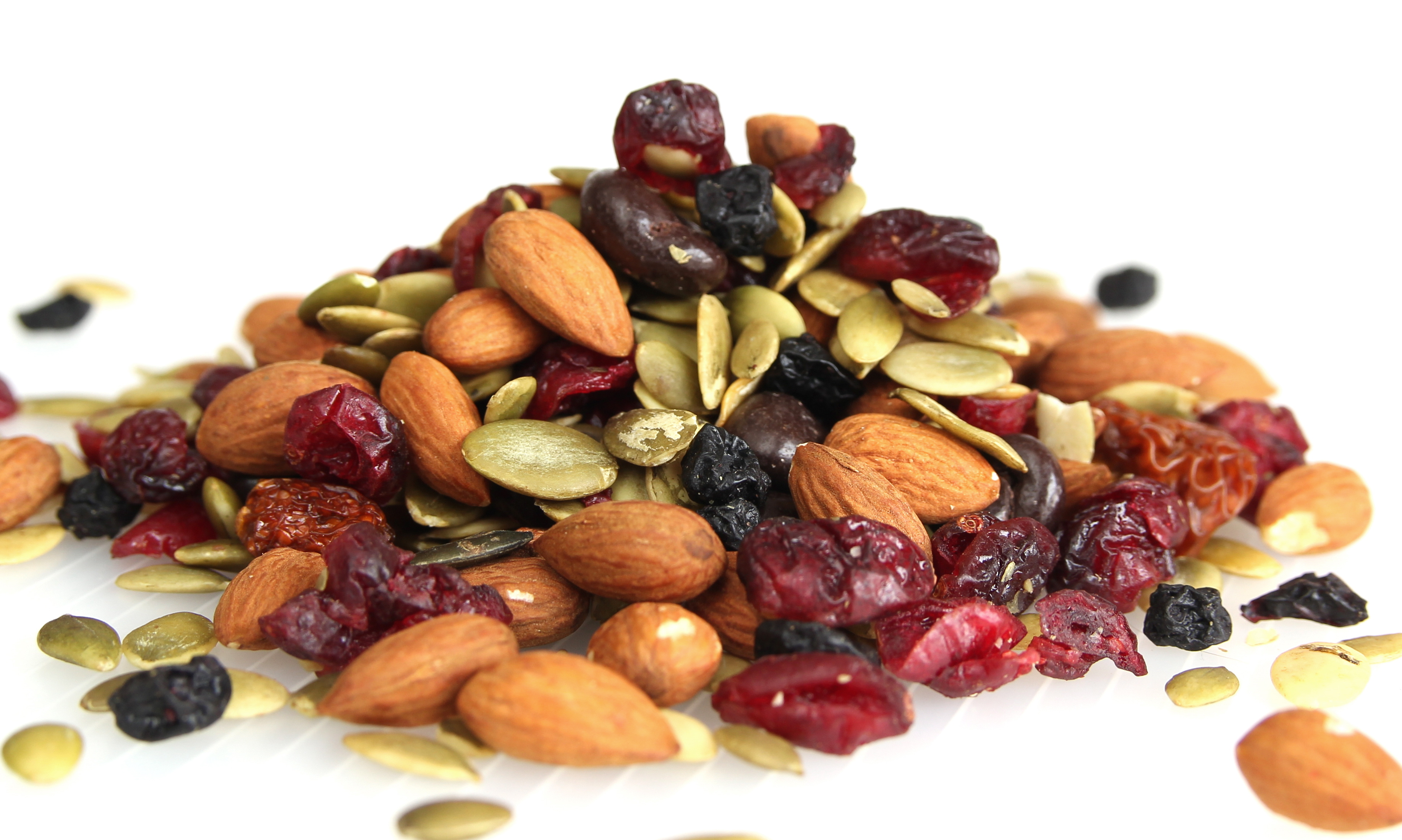The hack squat can be a great gym machine for developing your lower body muscles, particularly your quads, with very little engagement from your lower back.
This makes it a popular alternative to traditional squats using a barbell, which can put a lot of stress on your lumbar spine – especially if you’re not doing them with proper form.


But let’s suppose your gym doesn’t have a hack squat machine, what then? Well, stick around as we’ll be recommending the best hack squat alternatives to develop your legs with less weight load on your lower back.
Recommended Reading – Hack Squat: The Best Machine To Unleash Your Leg Potential?
What Makes A Good Hack Squat Alternative?
When you perform a hack squat, your upper body is fully supported by the machine. Your shoulders are locked under the pads with your upper body resting against the back pad.
You initiate the movement by descending into a squat and the carriage runs up and down on rails. This pretty much locks you into position throughout the exercise. This makes the hack squat ideal if you have any mobility issues or pre-existing injuries to your lower back.
Any hack squat alternative should focus on leg development with as little load as possible on your lumbar spine.
Top Hack Squat Alternatives For Lower Body Strength & Muscle Gains
The suggestions below can all take the place of a machine hack squat. Some will allow you to go heavy and focus on overall leg development while others will be better for isolating certain leg muscles meaning that you’ll want to stick with lighter weights.
Leg Press
The leg press machine is perfect for adding muscle mass to your entire legs and you’ll probably find that you can load more weight on the carriage when compared to a hack squat machine.


This is mainly due to the angle of the machine itself. The most common type of leg press in a gym is the 45-degree leg press. Compare this to a hack squat machine, where the angle of the sled is much higher and more like 60 degrees.
The more vertical angle of the hack squat means that you’ll have to work that much harder to push the weight load against gravity. On the other hand, when doing a leg press exercise you’ll be pushing the weight away from you at a much smaller angle with less gravitational forces meaning that you can load on more plates.
So, if muscle size is your overriding goal then swap out the hack squat for the leg press and watch your legs grow!
It’s worth noting that you should be careful of arching your lower back. If this happens, it probably means you’re bringing your knees too close to your chest. Keep your lower back in contact with the backrest at all times.
Leg presses are a compound exercise so you can choose to lift heavier weight loads for fewer reps. Try different foot placements on the foot plate as this will help encourage more activation of certain muscle groups.
For example, placing your feet higher up and closer together will work more of your glutes and hamstrings.
Belt Squat
The belt squat is an awesome exercise that most closely mimics the action of a regular barbell squat when compared to any other squat machine. This is because the weight load is distributed equally on either side of your body at hip height.


Because you don’t have a heavy barbell planted across your upper back, this makes the belt squat a great alternative to the hack squat machine.
Other advantages of the belt squat are that you can squat with heavy weights without the need for a spotter so it’s great for a bit of solo training and, when compared to a regular squat, the machine helps you to maintain an upright torso so you’re more likely to squat with good technique with no spinal compression.
If you’d like to know a bit more about the belt squat, we’ve got an entire article dedicated to this exercise which explains more about the benefits, different types of belt squat machines and other exercises you can perform on it: https://kustomkitgymequipment.com/blogs/news/hip-belt-squat-the-ultimate-leg-machine/
The belt squat is another compound exercise meaning it’s great for working all the muscles of your lower body. You can adopt different stances to focus on certain leg muscles.
Try repping them out with lower weights for a muscle pump or go heavier to focus on strength gains.
Leg Extension
We know that the leg extension is one of those ‘love it or hate it’ machines. But, we’ve included it in our list of hack squat alternatives as it can be a great way of developing your quads and, because you’re seated, you shouldn’t feel any strain on your lower back.


The key thing to note when performing leg extensions is not to go too heavy. The focus should be on high volume with a lighter weight so you don’t put too much stress on your knee joints.
You could try performing them unilaterally, so working each leg in turn – this is ideal for addressing any imbalances. Alternatively, point your toes inwards to help focus more on that quad sweep.
Leg extensions are an isolation exercise and will primarily work your quadriceps. Even though the quads are a powerful and strong muscle, it’s still important to stick with a lighter weight due to the stresses put through your knee joint throughout the exercise.
We have a detailed guide on the leg extension that you can read here: https://kustomkitgymequipment.com/blogs/news/leg-extension-muscles-worked/
Hamstring Curl
The hamstring curl machine typically comes in two different types; lying or standing. The lying hamstring curl involves performing the curl in a prone position with your upper body fully supported.


On the other hand, the standing variation requires a little more core stability. So whichever one choose pretty much depends on your preference and your mobility/stability.
In either case, you’ll be placing little stress on your lower back making the hamstring curl an effective hack squat alternative.
As with the leg extension, this is an isolation movement. Instead of the load being placed on your quads, it’s instead going straight to your hamstrings.
Perform reps slowly and with control as this allows for much better muscle contraction and, even with a lighter weight load, you’ll be sure to feel the burn!
Trap Bar Deadlift
The trap bar deadlift is a great way of working your entire lower body and because you have to perform it with a very upright torso this reduces strain on your lower back making it an excellent alternative to the hack squat.


The regular deadlift would typically work your posterior chain, particularly your glutes and lower back, and this really classifies it as a back exercise. That’s because the barbell is directly in front of you so you have to execute a hip hinge movement in order to lift the barbell from the ground which then passes in front of the knees.
However, when performing a trap bar deadlift, you stand in the middle of the barbell which keeps the weight load distributed on either side of your body so that the axis of the barbell passes through the middle of the knees.
This means your chest remains at a lesser angle which reduces lower back recruitment and instead places the load on your quads and hamstrings.
The trap bar deadlift is a compound exercise involving your hips, knees, and ankles so once you’ve nailed the correct technique, it can be performed with heavier weights and low reps for big muscle gains.
Front Squats
Front squats are performed with the bar resting across your upper pec muscles. When you compare this to a regular back squat, when the bar is placed across your upper traps, this encourages you to keep your chest in a more upright position.


Because of this, it keeps stress on your lower back to a minimum making it a good substitute for the hack squat machine.
This type of squat variation focuses more effort on your quads and you should stick with lighter weights which will make it easier to adhere to proper squat form. This exercise also recruits your glutes, hamstrings and erector spinae so it’s a great way of working multiple muscle groups.
While it’s a great exercise, one thing to note with front squats is they can put a bit of strain on your wrists so if you lack mobility here, you may find them a little uncomfortable to perform.
Wrapping Up
Hack squats are certainly a popular lower body exercise, but keeping things varied with your strength training is crucial for proper muscle development. You’re not just limited to the above suggestions either!
There are many other hack squat alternatives such as the smith machine squat, Bulgarian split squats, and sissy squats too. All of which can play an important part in your leg training.
Isolation exercises, like the leg curl and leg extension, can be a great way of getting the blood pumping and warming up your muscles before moving over to heavy-weight compound movements, including the leg press and front squats. Alternatively, incorporate them into the end of your workout to properly exhaust those leg muscles.









